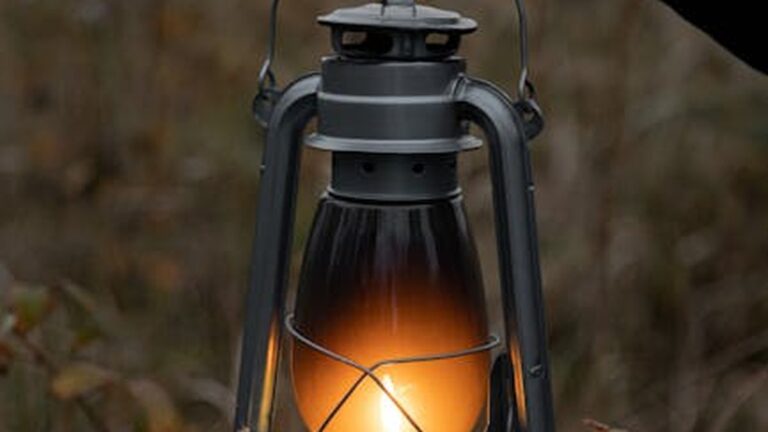Dealing with Allergies in Autumn: Reducing Symptoms and Improving Quality of Life
Autumn Allergies: Understanding the Seasonal Sneezes
Autumn, with its vibrant colors and crisp air, is a beautiful time of year. However, for many, it also marks the start of allergy season. While spring is often associated with allergies, autumn brings its own unique set of triggers that can leave you feeling miserable. Understanding these triggers and how to manage them is crucial for improving your quality of life during this season.
Common Autumn Allergy Triggers
The primary culprit behind autumn allergies is usually mold and ragweed pollen. Here’s a closer look:
Ragweed Pollen
Ragweed is a common weed that releases pollen into the air from late summer through fall. It’s a major allergen, and its pollen can travel for hundreds of miles, affecting people even if they don’t live near ragweed plants.
Mold Spores
Damp leaves, decaying vegetation, and increased humidity create the perfect environment for mold to thrive. Mold spores become airborne and can trigger allergic reactions. Indoor mold growth, especially in damp basements or bathrooms, is also a significant concern.
Dust Mites
While dust mites are present year-round, they can become more problematic in the fall as people spend more time indoors, stirring up dust and allergens. Turning on your heating system for the first time can also circulate accumulated dust mites.
Identifying Allergy Symptoms
Autumn allergy symptoms can mimic those of a common cold, making it challenging to differentiate between the two. Common symptoms include:
- Sneezing
- Runny or stuffy nose
- Itchy or watery eyes
- Coughing
- Sore throat
- Fatigue
If your symptoms persist for more than a week or two, or if they are accompanied by a fever, it’s best to consult a doctor to rule out other conditions.
Managing and Reducing Allergy Symptoms
Fortunately, there are several steps you can take to manage your autumn allergies and minimize their impact on your daily life:
Limit Exposure to Allergens
- Monitor pollen counts: Check local weather reports for pollen levels and stay indoors on days with high counts.
- Keep windows closed: Especially during peak pollen hours (usually mid-morning and early afternoon).
- Use air conditioning: Air conditioning can filter out pollen and mold spores from the air.
- Change clothes and shower: After spending time outdoors, change your clothes and shower to remove pollen from your skin and hair.
- Delegate yard work: If possible, ask someone else to rake leaves or mow the lawn, as these activities can stir up allergens. If you must do it yourself, wear a mask.
Improve Indoor Air Quality
- Use an air purifier: A HEPA filter air purifier can help remove pollen, mold spores, and dust mites from the air.
- Control humidity: Keep indoor humidity levels below 50% to prevent mold growth. Use a dehumidifier if necessary.
- Wash bedding regularly: Wash bedding in hot water at least once a week to kill dust mites.
- Vacuum frequently: Vacuum carpets and rugs regularly with a HEPA filter vacuum cleaner.
- Clean mold: If you find mold in your home, clean it immediately with a bleach solution (1 part bleach to 10 parts water).
Over-the-Counter Medications
Several over-the-counter medications can help relieve allergy symptoms:
- Antihistamines: These medications block the effects of histamine, a chemical released by the body during an allergic reaction.
- Decongestants: These medications help relieve nasal congestion.
- Nasal sprays: Nasal sprays can help relieve nasal congestion and inflammation.
Consult a Doctor
If over-the-counter medications are not effective, or if your symptoms are severe, consult a doctor. They may recommend prescription medications or allergy immunotherapy (allergy shots or sublingual tablets) to help desensitize you to allergens.
Improving Your Quality of Life During Allergy Season
Living with autumn allergies can be challenging, but by taking proactive steps to manage your symptoms, you can significantly improve your quality of life. Don’t let allergies keep you from enjoying the beauty of the season! Plan indoor activities for high pollen days, focus on maintaining a clean and allergen-free home environment, and seek medical advice if needed.
Conclusion
Autumn allergies can be a nuisance, but understanding the triggers and implementing effective management strategies can make a significant difference. By taking steps to limit your exposure to allergens, improve indoor air quality, and use appropriate medications, you can minimize your symptoms and enjoy the beauty of the fall season. Remember to consult with your doctor if your symptoms are severe or persistent. Embrace the changing leaves and crisp air, and make the most of autumn despite your allergies!





